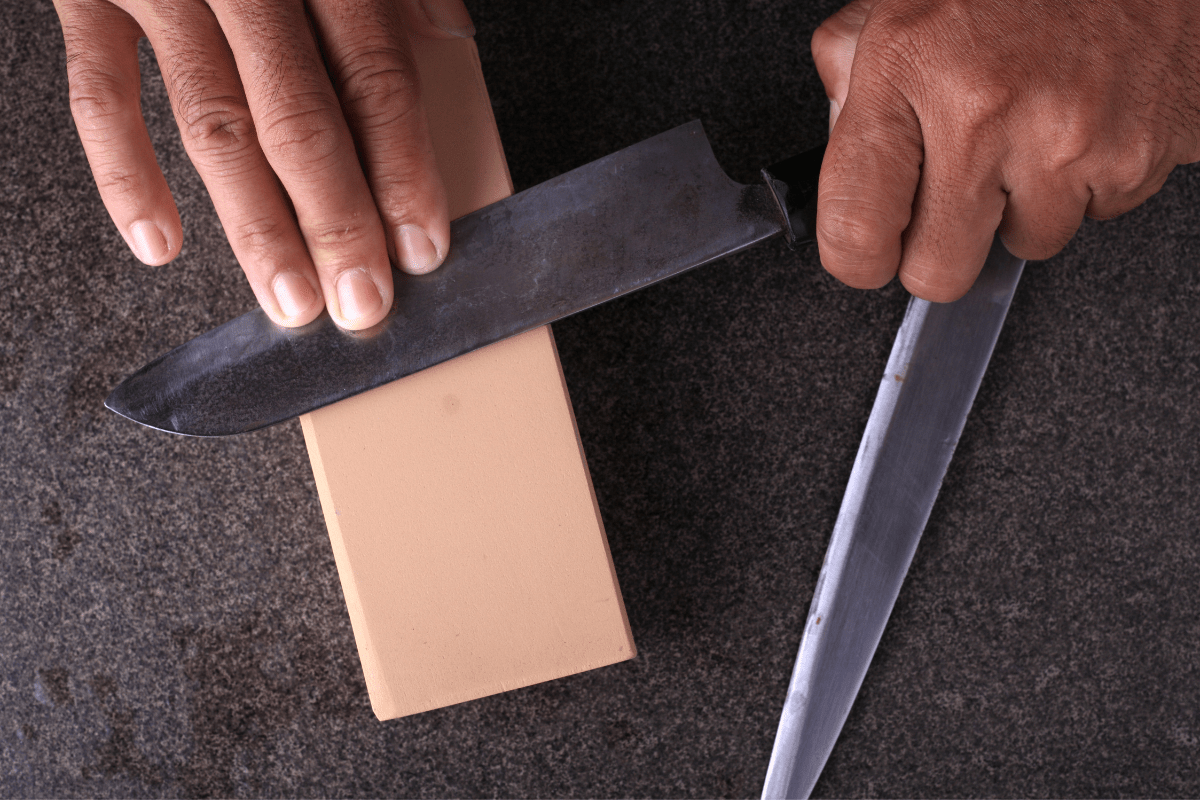The Art and Science of Knife Maintenance: A Synthesis of Precision and Longevity
The relationship between a user and their knife is a partnership built on precision, safety, and respect for the tool. Beyond its simple function, the art of sharpening and maintaining a knife is a discipline that marries metallurgical science with practiced skill, transforming a basic implement into an extension of the user’s will. This process is not merely about restoring a cutting edge but about understanding the intricate balance of steel properties, edge geometry, and the physical forces at play. Proper maintenance is a commitment to performance and safety, as a well-cared-for blade is both more effective and significantly less hazardous than a neglected one. [1] A dull knife requires excessive force, which dramatically increases the risk of slippage and serious injury, a counterintuitive truth that underscores the necessity of regular upkeep. [1][2] Mastering this art ensures the tool’s longevity, preserving the investment and functionality of high-quality blades for years, if not decades. [1]
At the core of a blade’s performance is its metallurgy, a critical factor that dictates its potential for sharpness, durability, and corrosion resistance. The composition of steel—primarily an alloy of iron and carbon—is augmented with elements like chromium, vanadium, and molybdenum to achieve specific characteristics. [3] Carbon is fundamental for hardness, enabling the steel to hold a fine edge, while chromium provides corrosion resistance, the defining feature of stainless steel. [3][4] This creates a fundamental trade-off: traditional high-carbon steels are renowned for their ability to achieve a razor-sharp edge and for their relative ease of sharpening, but they are highly susceptible to rust and require meticulous care, including immediate drying and occasional oiling. [5][6] Conversely, stainless steels, containing at least 10.5% chromium, offer superior resistance to corrosion, making them lower-maintenance, though often more challenging to sharpen to the same degree of fineness as their carbon counterparts. [5][6] The hardness of a blade, measured on the Rockwell C-scale (HRC), quantifies its ability to resist deformation; high-end knives typically fall within the 58-62 HRC range, balancing exceptional edge retention with the risk of becoming brittle. [3][7]
The physical act of sharpening is a process of controlled abrasion, systematically removing metal to redefine the cutting edge. A pivotal distinction must be made between sharpening and honing. Sharpening creates a new edge on a dull blade, a corrective action that should be performed infrequently to conserve the blade’s material. [8][9] Honing, conversely, is a maintenance task performed regularly—often before each use—to realign the microscopic “teeth” of an already sharp edge that have been bent or rolled during normal use. [8][10] The most revered sharpening tool is the whetstone, which offers unparalleled control over angle and pressure. The process involves a logical grit progression, starting with a coarse stone (e.g., #240-#400) to repair damage and establish the bevel, moving to a medium grit (e.g., #1000) to refine the edge, and finishing with fine grits (e.g., #3000-#8000) to polish it to razor sharpness. [11][12] A critical indicator of successful sharpening is the formation of a “burr”—a tiny, raised ridge of metal that forms on the opposite side of the edge being worked. [13][14] This burr confirms that the bevel has been ground all the way to its apex; it is then carefully removed through subsequent passes on finer stones or a strop to achieve a clean, keen edge. [13][14]
Beyond the periodic ritual of sharpening, daily care and proper storage are paramount to preserving a knife’s integrity and performance. Knives should always be hand-washed with mild soap and water and dried immediately to prevent corrosion, especially for reactive carbon steel blades. [15][16] Dishwashers are the enemy of quality knives, as harsh detergents and high heat can damage both the blade and the handle. The choice of cutting surface is equally critical; materials like glass, stone, or ceramic will rapidly dull or even chip a fine edge, whereas wood or plastic cutting boards are far more forgiving. [17] Proper storage protects the blade from accidental damage and ensures safety. While traditional knife blocks are common, they can trap moisture and dull blades if knives are not inserted carefully. [18] Magnetic strips offer a hygienic, space-saving alternative that allows for easy access and prevents blades from knocking against each other, though care must be taken to avoid scratching the blade face. [19][20] In-drawer storage is another viable option, provided that sheaths or specialized inserts are used to protect the edges from contact with other utensils, which would otherwise lead to dulling and chipping. [18][21] By integrating these practices—understanding the steel, mastering the sharpening process, and committing to daily maintenance—one can ensure their knives remain safe, effective, and reliable partners in any cutting task.



